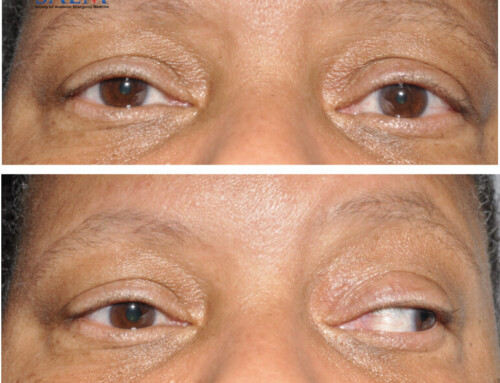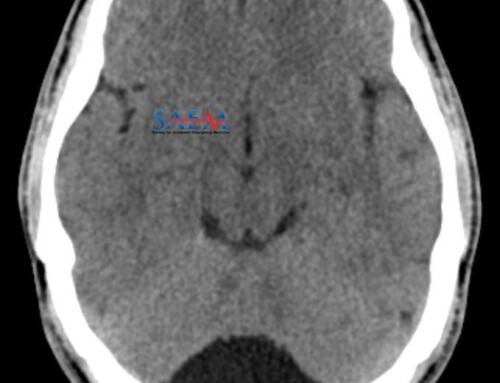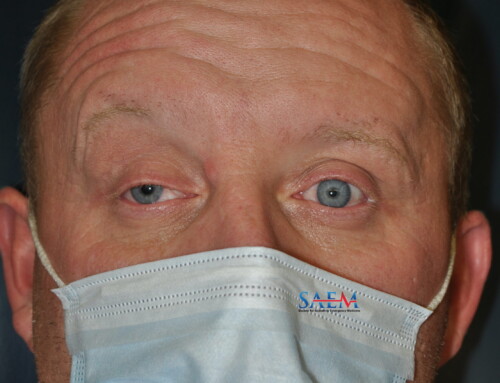 It is thought that the autonomic nervous system is likely involved in migraines and other primary headache disorders given commonly associated symptoms such as nausea, lacrimation, emesis, and rhinorrhea. The sphenopalatine ganglion (SPG) is an extracranial parasympathetic ganglion with both sensory and autonomic fibers. It has therefore been hypothesized that blockade of the sphenopalatine ganglion may produce relief from primary headaches by modulating the autonomic fibers involved in headache disorders.1
It is thought that the autonomic nervous system is likely involved in migraines and other primary headache disorders given commonly associated symptoms such as nausea, lacrimation, emesis, and rhinorrhea. The sphenopalatine ganglion (SPG) is an extracranial parasympathetic ganglion with both sensory and autonomic fibers. It has therefore been hypothesized that blockade of the sphenopalatine ganglion may produce relief from primary headaches by modulating the autonomic fibers involved in headache disorders.1
While in our anecdotal experience with SPG blocks has been overall very positive, thus far there have been only a few small studies that have investigated it’s use in the Emergency Department. The currently available evidence has been mixed.
The Literature
An small study published in JAMA showed significant benefit of intranasal lidocaine (55%) compared to a saline placebo (21%) when evaluating a primary outcome of 50% reduction in headache within 15 minutes. 2
Studies performed used targeted application of anesthetic have produced mixed results.
A study published in the Annals of Emergency Medicine showed no statistically significant difference between application of bupivacaine (48.8%) compared to a saline placebo (41.3%) when evaluating a primary outcome of 50% reduction of headache within 15 minutes. Interestingly as a secondary outcome, the bupivacaine group had reduced headache at 24 hours.3
A separate study performed in the setting of a headache clinic produced positive results showing improved relief at 15 minutes, 30 minutes, and 24 hours when comparing bupivacaine to normal saline. The primary outcome compared numeric rating scale scores between the study and control group.4 It’s important to note that both of these studies use a specialized applicator branded Tx360. It is currently unclear whether these studies received any funding from the manufacturer.
Anatomy

Figure 1 – The sphenopalatine ganglion is located in the pterygopalatine fossa, posterior to the middle nasal turbinate.
The Transnasal SPG Approach
There are several ways to perform an SPG block including transnasal, transoral, and lateral infratemporal approaches; however, the transnasal approach is the simplest and most practical method in the Emergency Department setting. The transnasal approach to an SPG block has the following advantages:
- Quick and safe to perform
- Well tolerated by patients with minimal risk of complications
- Relatively non-invasive without the use of needles
Our approach uses supplies that are found in any Emergency Department.
Technique to perform an SPG block
- Soak a long 10 cm cotton-tipped applicator in local anesthetic (1% to 4% lidocaine or 0.5% bupivicaine) [Fig. 2].
- With the patient’s head in a sniffing position, insert the soaked cotton-tipped applicator into the naris, on the unilateral side of the patient’s headache.
- Apply firm and steady pressure (similar to the insertion of nasal packing) along the superior border of the middle turbinate until you meet resistance at the posterior wall of the nasopharynx. At this point, the local anesthetic should contact the SPG and anesthetize the ganglion [Fig. 3].
- Leave the cotton-tipped applicator in place for 5-10 minutes, after which the patient should experience significant improvement or resolution of their headache!

Figure 2. Materials required to perform a sphenopalatine ganglion (SPG) block
Video
While more studies are needed before SPG blocks can be considered a standard first-line therapy for the treatment of migraines and other primary headaches, it remains a reasonable option for patients suffering from a primary headache that has been resistant to more traditional abortive treatments.
In our anecdotal experience with performing SPG blocks in patients presenting to the ED with primary headaches, we have found an overwhelmingly positive response, with the vast majority of patients reporting significant improvement of their symptoms.
References
- Khan S, Schoenen J, Ashina M. Sphenopalatine ganglion neuromodulation in migraine: what is the rationale? Cephalalgia. 2014;34(5):382-391. [PubMed]
- Maizels M, Scott B, Cohen W, Chen W. Intranasal lidocaine for treatment of migraine: a randomized, double-blind, controlled trial. JAMA. 1996;276(4):319-321. [PubMed]
- Schaffer J, Hunter B, Ball K, Weaver C. Noninvasive sphenopalatine ganglion block for acute headache in the emergency department: a randomized placebo-controlled trial. Ann Emerg Med. 2015;65(5):503-510. [PubMed]
- Cady R, Saper J, Dexter K, Manley H. A double-blind, placebo-controlled study of repetitive transnasal sphenopalatine ganglion blockade with tx360(®) as acute treatment for chronic migraine. Headache. 2015;55(1):101-116. [PubMed]




